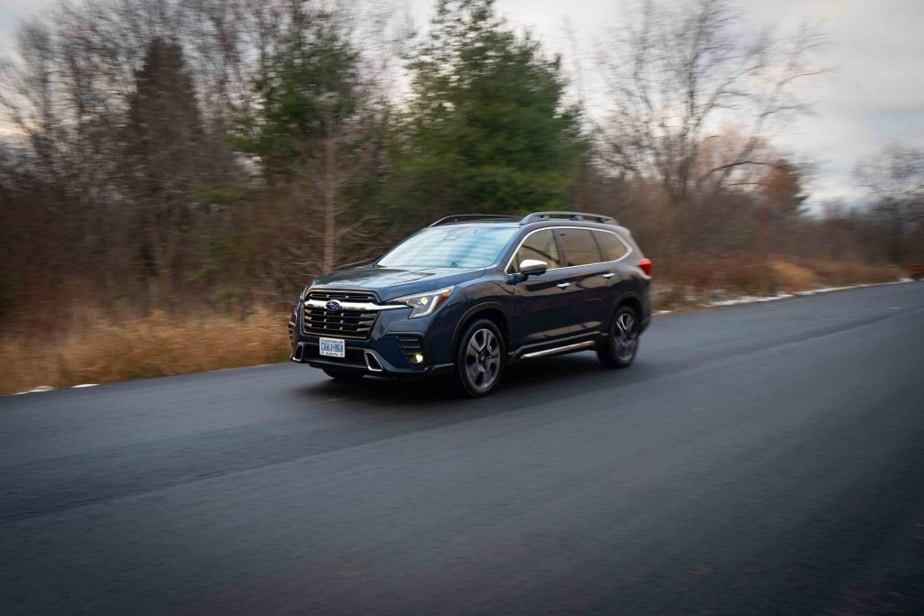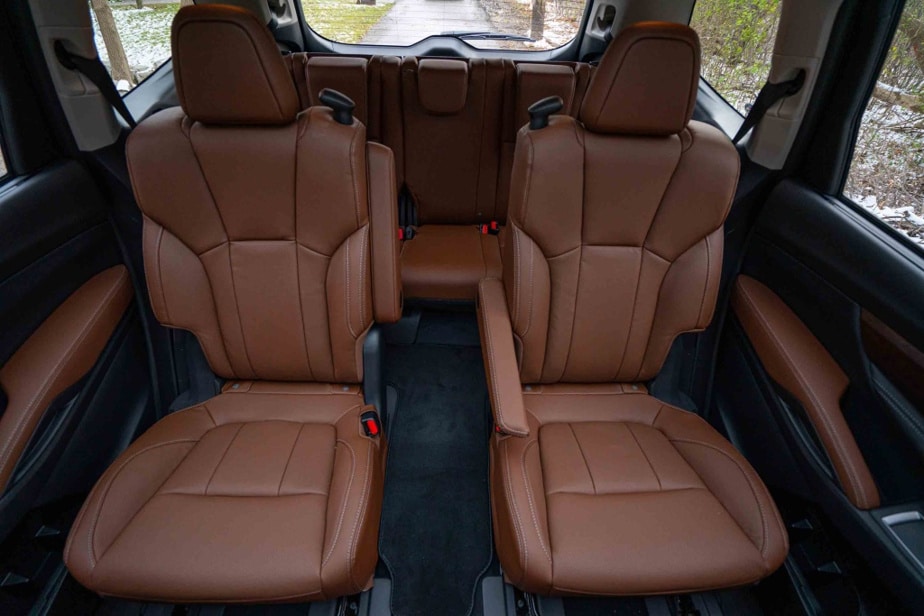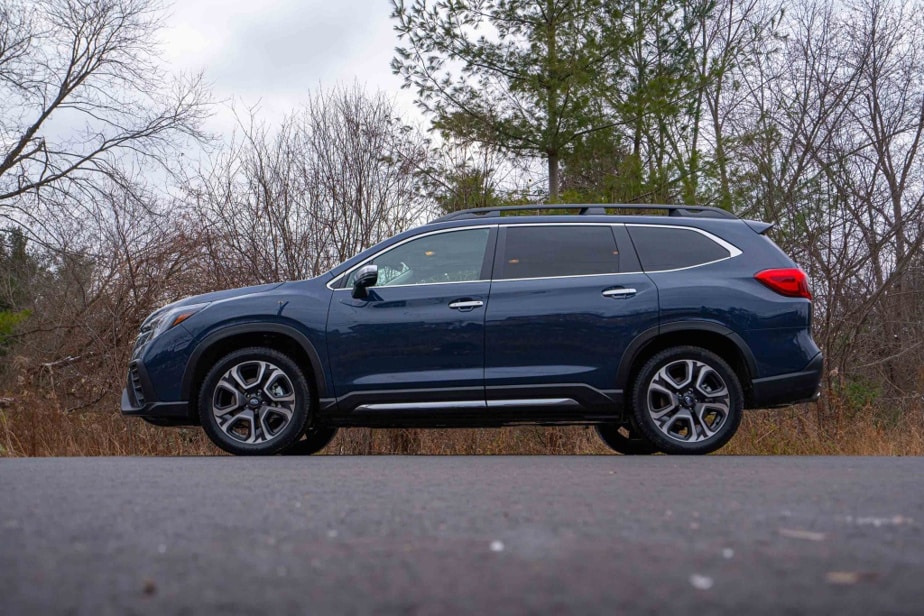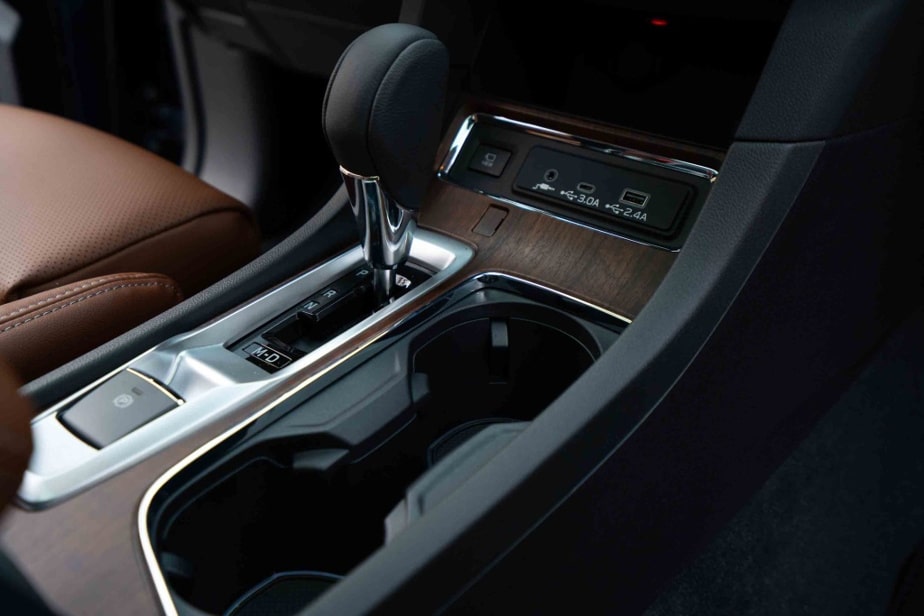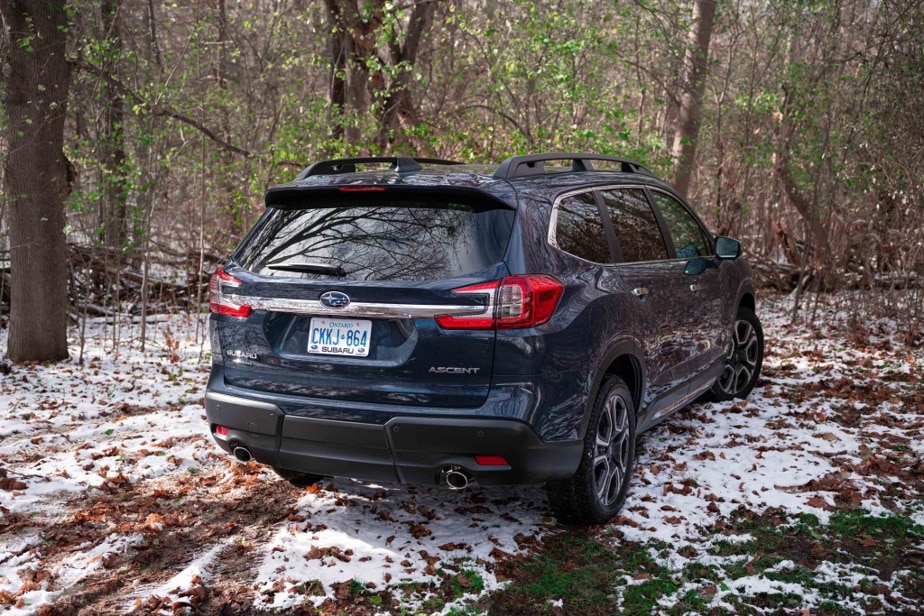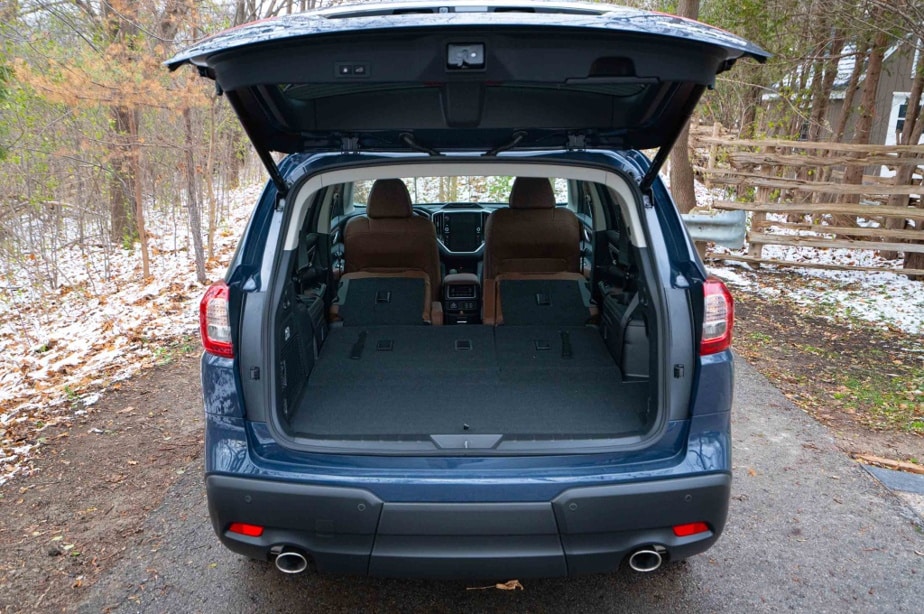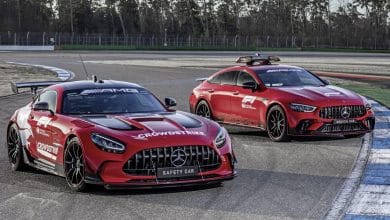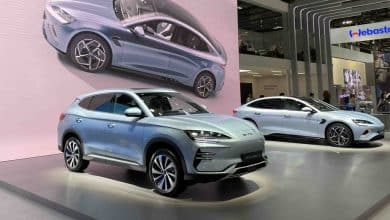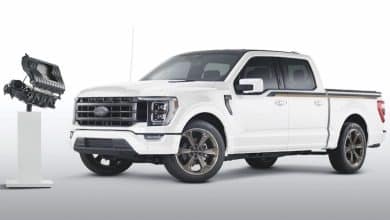Subaru Ascent: the unloved

Contents
SUV looking for new customers
Mimicry no longer pays. No one will buy a model from the same brand if they don’t fall in love with it. The Ascent proves it. Designed to appeal to Subaru owners, the Ascent not only faces some challenges in enticing them to upgrade, but also convincing other audiences.
As well be frank and direct: the flagship of the brand with the constellation of stars is a transparent vehicle. No one is jostling for ownership of this SUV that can accommodate up to eight people on board. Nor does the competition take offense at its presence.
-
PHOTO PROVIDED BY SUBARU CANADA
The silhouette of the Subaru Ascent is smooth, devoid of rough edges. No stalls, contrasts that catch the eye. It is neither round nor square, neither beautiful nor ugly.
-
PHOTO PROVIDED BY SUBARU CANADA
The Ascent bolts, in the midsection, two armchairs or a bench seat.
-
PHOTO PROVIDED BY SUBARU CANADA
Weighing just over two metric tons and considering its welcoming nature (up to eight people can climb aboard), it needs some muscle under the hood. The supercharged flat-four engine sees to it.
-
PHOTO PROVIDED BY SUBARU CANADA
The Ascent is now one of the few in its segment to offer a continuously variable automatic transmission (CVT).
-
PHOTO PROVIDED BY SUBARU CANADA
The Ascent isn’t the first Subaru to lay low. The model that preceded it, the Tribeca, was just as much.
-
PHOTO PROVIDED BY SUBARU CANADA
The trunk of the Subaru Ascent, once the rear seat has been lowered
1/6
The Ascent isn’t the first Subaru to lay low. The model that preceded it, the Tribeca, was just as much. In fact, it is not for all that a badly drawn car or which would sin by the awkwardness of its style which is, today, the salt of the brand, according to its owners. For a top-of-the-range vehicle, it’s surprising that Subaru does everything so that it doesn’t stand out and, in fact, manages to do so well.
The silhouette is smooth, devoid of asperities. No stalls, contrasts that catch the eye. It is neither round nor square, neither beautiful nor ugly. Eyes closed, it is difficult to mentally reconstruct the floating shapes of this model, a constellation of stars, stuck above the grille, tells us that it is a Subaru.
Further examination
Fortunately, the Ascent cannot be summed up in its sad guise. The inside is better than the outside. The interior, where there are countless storage spaces and cup holders (there are 19), is less bland, more modern too. Especially in the Onyx – with its seats stitched with green thread – and Premier, which combine textures and noble materials – wooden beaches, for example – to create a richer environment. In comparison, the other liveries where black plastics and dark fabrics predominate lack cheerfulness and warmth.
Never mind, regardless of personal choice, all Ascents now benefit from an 11.6-inch light-emitting slate. Mounted vertically and sensitive to exterior reflections due to the very sunny panoramic glass roof that overhangs it, it has enabled Subaru to reduce the number of buttons installed around the cockpit. A welcome saving, but which requires navigating – with ease, it must be recognized – more often in the trees of this touch pad.
The front seats guarantee good support and a semi-high driving position so dear to many motorists. Arranged like the classroom of the small school – without the desks, however – the Ascent bolts, in the middle section, two armchairs or a bench. The space allocated to the “toughest” in the last row – access is not particularly easy, but it does not require excessive contortions – is not really generous. In any case, it is preferable to reserve them for people of small stature, and for short journeys. Otherwise, they will have to start skilful discussions with the occupants of the previous row in order to make a change in the allocation of seats.
Once all the seats are occupied, the baggage overflow is quickly reached.
So either you have to sacrifice the foundations at the bottom or top the car with a roof box, practical, but rather taxing in terms of energy efficiency.
In terms of safety, the manufacturer announces a version 4.0 of its EyeSight device responsible for supervising your behavior on the road and correcting your errors. Reassuring in theory, but annoying in use, because sometimes intrusive or downright lacking in discernment. It flashes, it “beep-beeps” and it annoys. As soon as the system considers that there is danger, it intervenes. Ideal for those motorists who would benefit from being driven. For those, we recommend opting for the Limited and Premier versions, both of which come with additional devices to avoid any distraction at the wheel.
Family priority
The suspense ends here: technically, the developments are non-existent. Well almost, except for an optimized brake booster. This does not change the dynamics of this vehicle, whose weight and flexibility of the suspension elements (we will come back to this) mean that we do not have much fun behind the wheel.
The soundproofing is among the very best in the segment, even if some rolling noise or aerodynamic whistling are noticeable.
It is on the fast lanes that this Japanese seems most at ease. Its turning radius penalizes it slightly in town. On a winding road, its behavior is reassuring, but hardly exhilarating. A suspension that softly contains body movements and hates rapid downforce changes. This character trait is amplified by a direction that floats gently in the vagueness. Spontaneously, we adopt a flowing behavior. This one suits him perfectly better and is quite relaxing.
Weighing just over two metric tons and considering its welcoming nature (up to eight people can climb aboard), it needs some muscle under the hood. The supercharged flat-four engine sees to it. Very honorably known, this 2.4 L correctly fulfills its role, but does not however shine in terms of energy efficiency. The Hyundai Palisade and its huge V6 (3.8 L) do just as well. At almost the same displacement, the Ford Explorer and its 2.3L four-cylinder consume 1 L/100 km less according to the EPA.
Additionally, the Ascent is now one of the few in its segment to offer a continuously variable automatic transmission (CVT). If its performance does not really pose a problem, except that it strangles the 260 hp of its engine when it is picked up, one wonders rather about the real savings it brings. And the limits it creates on the towing capacity of this vehicle. In its basic configuration (Convenience), this Subaru reduces the towing weight from 908 kg to 2270 kg.
For all these reasons, the Ascent isn’t the kind of wagon you buy on the spur of the moment. Only out of conviction.
Subaru Ascent
Price range
From $40,995 to $53,995
Marketing
Now
Consumption
12.1 L/100 km (winter conditions)
We love
Ride comfort
Encumbrance and interior volume ratio
Attractive prices
WE love less
Disappointing consumption
Low driving pleasure
Narrow third row of seats
Our Verdict
The faith of Subaru enthusiasts may be unwavering, but their conscience will be with the Ascent.
Technical sheet

PHOTO PROVIDED BY SUBARU CANADA
Subaru Ascent
Engine
- H4 2.4L turbocharged
- 260 hp at 5600 rpm
- 277 lb-ft of torque between 2000 and 4800 rpm
Performance
- Empty weight: from 2005 to 2082 kg
- Ground clearance: 220mm
- Towing capacity: from 908 kg to 2270 kg
Gearbox
- Standard: Continuously Variable Automatic (CVT)
- Optional: none
- Drive mode: all-wheel drive
Tires
- 245/60R18 (Convenience and Touring)
- 245/50R20 (Onyx, Limited, Premier)
Tank capacity and recommended gasoline
Dimensions
- Wheelbase: 2890mm
- Length: 4998mm
- Height: 1819mm1
- Width: 1956mm2
1 Including roof rails; 2 Excluding exterior mirrors
The origins

PHOTO PROVIDED BY SUBARU CANADA
Subaru B9 Tribeca
It was with a trapezoidal grille flanked by two small mustaches that the B9 Tribeca made its debut in 2005. For the Canadian management of Subaru, this model, the most massive in its history, seemed like a logical evolution of the Outback. It naturally took up the main fads of the Japanese manufacturer, namely a flat engine and constant-mesh all-wheel drive. The catalog included five liveries, three of which could accommodate seven people with the addition of a third row of seats. The B9 Tribeca was offered at $41,995, which was $1000 more than the current Ascent.
A rapid transition

PHOTO PROVIDED BY SUBARU CANADA
Could a hybrid mechanism be offered on an Ascent?
When will there be an Ascent with hybrid mechanics? It’s for next year, suggest several sources. A thruster that would marry a (naturally flat) 1.8L engine to a rechargeable electric power unit. This two-headed mechanism would also be offered on the Forester and Outback. If this is confirmed, this mechanic will probably not experience the benefits of continuous refinement. Indeed, Subaru would have stopped all development of hybrid mechanics last month to better focus on all-electric, according to the Japanese press agency Nikkei.
The Press will soon publish the test of the following vehicles: Honda Pilot, Kia Niro, Porsche Macan and Toyota Sequoia. If you own one of these vehicles or are considering purchasing one, we would love to hear from you.

